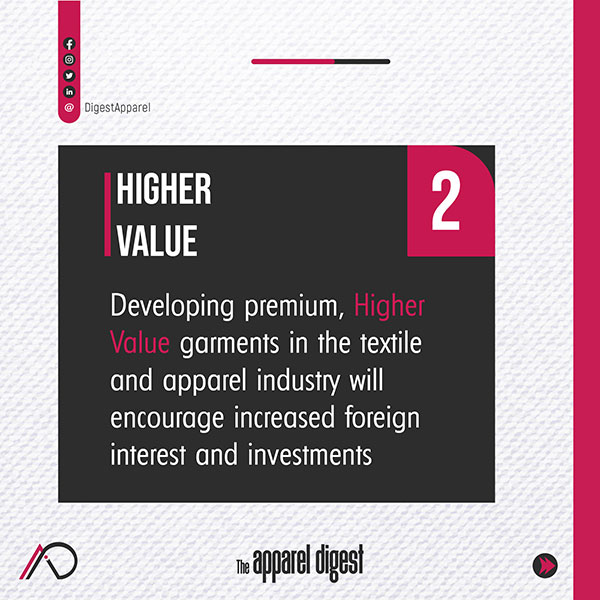China discards over 26 million tons of clothes annually, most of which end up in landfills.
Textile waste is a critical global issue, with only 12% of such waste being recycled worldwide. In China, the challenge is even more pressing. As the largest textile producer and consumer globally, the country discards over 26 million tons of clothes annually, most of which end up in landfills. This immense waste is worsened by the dominance of fast fashion, which primarily uses unrecyclable synthetic materials that are derived from petrochemicals and contribute significantly to environmental pollution.

Synthetics account for 70% of domestic clothing sales in China. Also, the country is one of the world’s largest producers of cheap fashion, selling in more than 150 countries.
In response to this crisis, China has launched several initiatives aimed at increasing textile recycling. By 2025, the country plans to have a waste textile recycling system in place, aiming to recycle 25% of its textile waste and produce 2 million metric tons of recycled fiber annually. This target is set to rise to 30% by 2030, with an annual production of 3 million tons of recycled fiber.
The Wenzhou Tiancheng Textile Company is part of a broader effort to integrate recycling into China’s textile industry. The company is one of the largest cotton recycling plants in the country, reflecting the significant role that large-scale recycling facilities can play in mitigating textile waste. There, discarded cotton clothing and bed linens are meticulously sorted and processed in shredding machines, marking the first step towards giving these textiles a new life.
On the other hand, in 2019, thirty-year-old designer Da Bao established Times Remake, a Shanghai-based brand dedicated to transforming secondhand clothes into stylish new garments.
In their Shanghai workroom, tailors creatively reimagine used denim and sweatshirts, stitching them into unique, fashionable pieces. What started with Da Bao and his father-in-law sharing their designs online has blossomed into a thriving venture with a flagship store in Shanghai’s trendy Jing’an District.

This store features their remade clothing alongside vintage items like Levi’s and Carhartt jackets.
There are some brands who include a label each item with a QR code detailing its composition, creation process, and the origin of its materials. They incorporate traditional production methods, such as using textile fibers made from pineapple leaves, a technique that has been practiced in the Philippines for centuries.
Moreover, China’s National Development and Reform Commission has highlighted the environmental benefits of textile recycling. The process not only helps in resource conservation but also significantly reduces pollutants and carbon emissions. For every kilogram of recycled textile waste, carbon dioxide emissions are reduced by 3.6 kilograms, and 6,000 liters of water are saved.
However, the challenges are immense, given that the majority of rejected textiles in China are made of synthetics, which are much harder to recycle than natural fibers like cotton.
As China progresses towards its ambitious goal of becoming carbon neutral by 2060, initiatives those undertaken by the different companies and government are crucial. They represent a significant step towards a more sustainable and circular economy, transforming what was once waste into valuable resources for the future.

